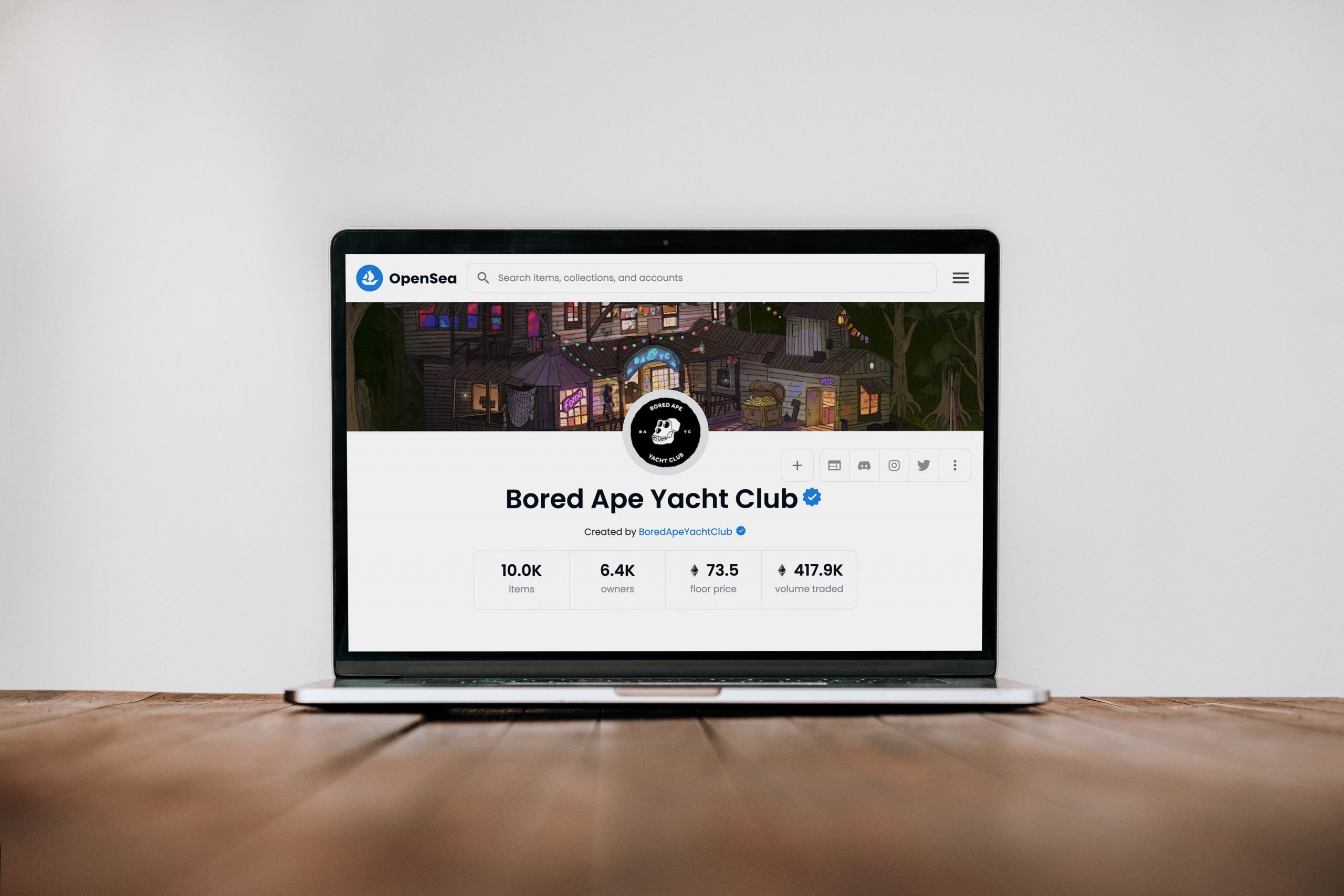A new project – called Mimics – claims to create perfect clones of NFTs, including Blue Chips. Question is – who would want derivative NFTs now that you can clone high-value NFTs via Mimics? What does this mean for the NFT community, web3, and projects focusing on derivative NFTs?
How did Mimics manage to clone NFTs?
Art NFTs have a line of code called “tokenURI” or “URI.” It acts as a unique identifier of what the token is and looks like. However, since this code is public, you can technically have a verifiable copy by redirecting your own NFT to make it look like a Blue Chip NFT.
So far, the NFTs that can be cloned are the ones that abide by ERC-721 and ERC-1155 standards. The Mimics founder realised the tokenURI function can be called by a contract address of another contract. As a result, Mimics is now hacking the metadata and mimicking the digital attributes of NFTs. Anyone from anywhere can run the URI metadata function, as the function is now public.
What does this mean for the NFT market?
Currently, Mimics can only be applied to art NFTs whose attributes are provided by tokenURI. Moreover, the current Mimics contract only allows one copy of each NFT to be created. Therefore, Mimics might not be as much of a threat as it initially appears to be. However, since the code is open-source, there’s a real risk that other cloning companies will emerge.
On the other hand, such projects will undoubtedly push developers and web3 enthusiasts to improve token standards. They must now pay more attention to the code level and create safeguards to prevent the emergence of clone NFTs.
Are you tired of missing important NFT drops?
Just check out our NFT Calendar!
Receive the biggest NFT news of the day & recommendations in our Daily newsletter.
All investment/financial opinions expressed by NFTevening.com are not recommendations.
This article is educational material.
As always, make your own research prior to making any kind of investment.




